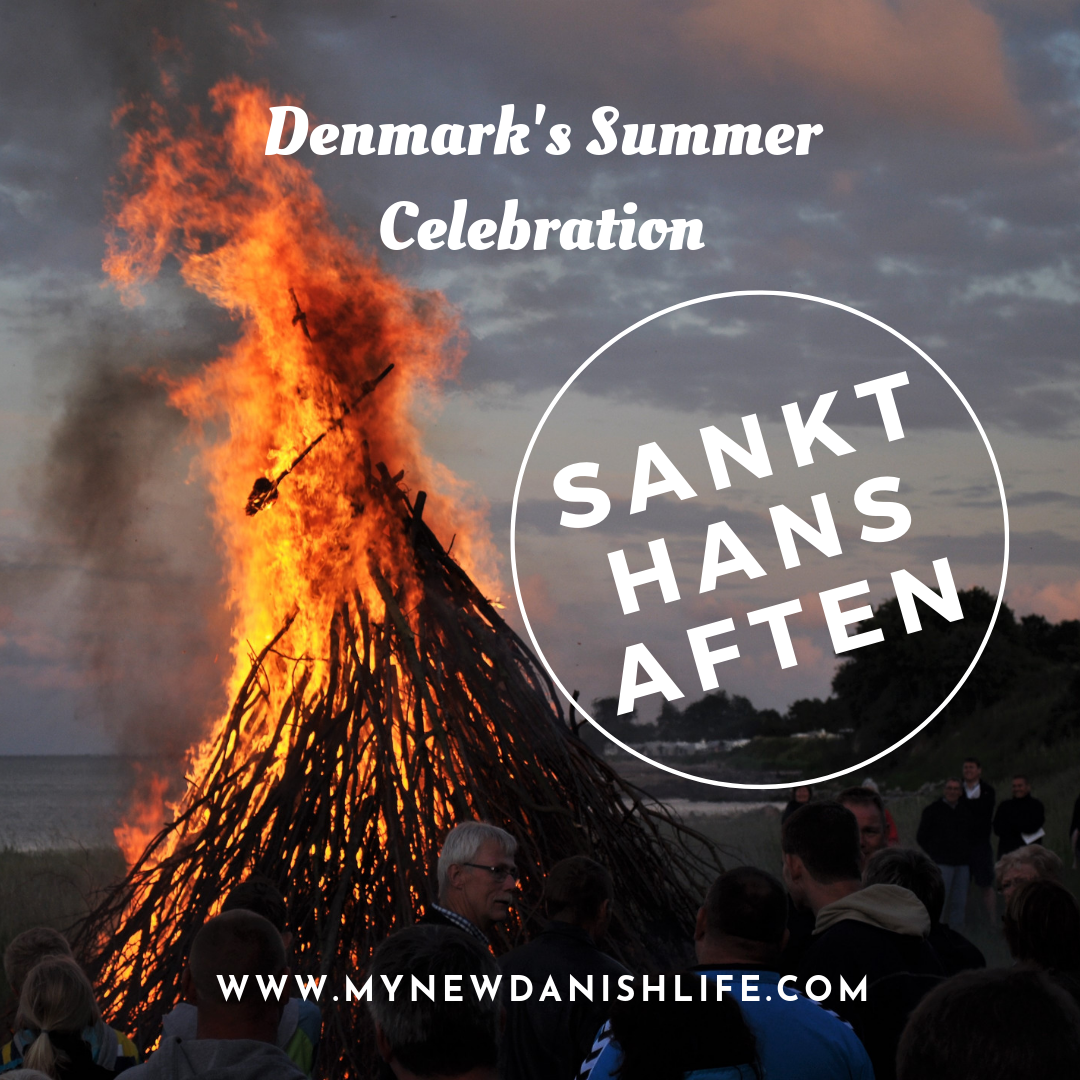
Sankt Hans Aften (St. John’s Eve): Denmark’s Midsummer Celebration
Do you like fun times spent outdoors during the summer? If so, then you’ll love the midsummer celebration of Sankt Hans, or actually the night before Sankt Hans, which is called “Sankt Hans Aften”, which many will say is Denmark’s “hottest” celebrations of the year!
Each year on June 23rd, there will be a faint smell of burning wood in the air, and you will hear of the Danes celebrating something called Sankt Hans Aften. The original reasons for celebrating this Christian holiday are lost on the Danes, who aren’t very religious, so let me lay it out for you in a brief “My New Danish Life” explanation of the holiday.
This post may contain affiliate links, which means that at no additional cost to you, I will make a commission if you click on a link and make a purchase! Thanks for supporting My New Danish Life!
Table of Contents
History of Sankt Hans / John the Baptist
Sankt Hans in English is John the Baptist, and depending on how well you know the Bible, you may know that he lived during the time of Jesus, and was well-known for a few things like being a preacher and baptizing people, including Jesus. For all of his great works, he was made a saint, but the interesting thing about him, if I only pick one, is that he is celebrated on the day he was born instead of the day he died.
Fast forward to the present day, and you may here of a lot of Catholic countries celebrating this holiday for more religious reasons, but the Lutheran Danes (…though most don’t even consider themselves Lutheran at all…) do it more for tradition. It is something fun that they have always done, so why not keep it going?! Right?
My Love of All Holidays
I completely understand. I’m the American gringa who celebrates Cinco de Mayo every year, though there is absolutely NOTHING Mexicana about me. I like the holiday and want to celebrate it. I probably don’t do it for the same reasons as Mexicans do, but that’s not stopping me from making Mexican food and drinking margaritas every year on that day!
Oddities aside, Sankt Hans is one of those Danish traditions that I can easily see myself getting into. Truth be told, I have been spending my summers in Denmark (off and on) since 2009, so I am no stranger to this holiday, and I have actually celebrated it in different parts of the country.
What exactly have I learned about it?
The holiday actually coincides with a pagan holiday of celebrating the summer solstice and the shortest night of the year. Throughout Scandinavia, you will hear it also referred to as “Midsommer” and is always celebrated the night before the actual day of Sankt Hans (or Good ol’ John).
Interested in other Danish holidays? Check out this post on Fastelavn: Denmark’s Best Secret Holiday!
Sending the Witch to Northern Germany
Back in the 1500s, fires were used on Sankt Hans Aften to ward off evil spirits, and because that time period was filled with people who the locals considered to be “witches”, the fires were used to burn the evil out of the witches and send it to the place where the witches were said to have lived. Brocken! The tallest spot in the Harz Mountains in northern Germany was and is known for housing witches!
Our Family’s Trip to Find the Witches
On a side note, it is kind of funny that my oldest son used to have an imaginary friend who was a witch. We have no idea where she came from, but we supported his fantasy so much that we even planned our family vacation around it and went to Brocken to see the witches when he was three. A bit weird? Yes, we are at times!
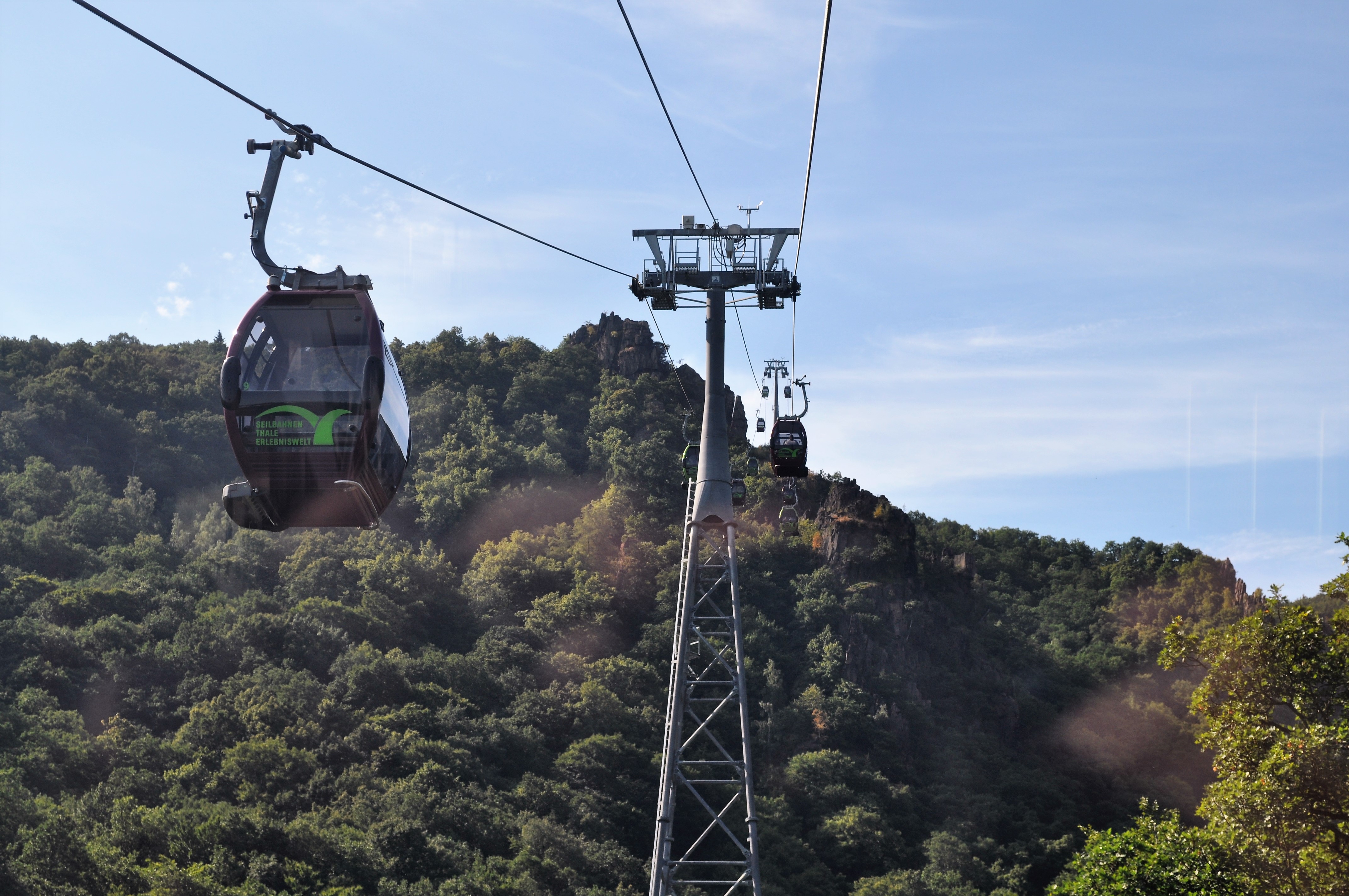
There weren’t any real witches, but we found plenty of dolls and statues at the Hexentanzplatz, which maybe one day I’ll write about on here!
Nowadays, they continue the tradition of having a bonfire, but instead of burning a real person, they use a witch doll instead.
What to Expect on Sankt Hans in Denmark
Depending on where you live in the country might alter just how you celebrate Sankt Hans (Feast of John the Baptist), but there are usually the same four items at each fest!
We love feasting in Denmark. Check out the great food during New Year’s Eve in Denmark!
1) Sankt Hans Aften: The Bonfire
Danes will find a spot somewhere in the town or a neighborhood where people can meet with family and friends. This may even be done at the beach for coastal towns. They will take large branches and thin trunks to create a very large bonfire and will light it close to the time when the sun sets.
2) Sankt Hans Aften: The Witch
During the week or two leading up to Sankt Hans, some stores may actually sell the ¨witch dolls¨, but they are normally just seen on top of the bonfire and not in other places. The witch will be placed at the very top of of the wooden pile and burned, so there will need to be a new witch every year. Let’s just be glad that she’s made of straw and cloth!
3) Sankt Hans Aften: Food/Drinks
Many neighborhoods and towns will have a committee that is in charge of the preparations or Sankt Hans Aften. They will usually have a tent set up where people can buy hot dogs, beer/wine, soda, etc. There may also be picnic-style tables and benches inside or outside the tent if there is enough space; otherwise, many people may bring their own chairs or a blanket.
Children also had the opportunity to make the very popular Danish snack of “Snobrød”, which is when you wrap dough around a wooden stick and cook it over a fire. This is very common in Denmark whenever there is a firepit or bål. Also, the dough and sticks are USUALLY provided for you. It might be good to check beforehand to see if you need to bring your own stick, though!
 4) Singing a Song for Sct. Hans Aften
4) Singing a Song for Sct. Hans Aften
Normally, someone from this “Sankt Hans committee” will be the ones to type up a song and make copies. There is a traditional song called Midsommervisen, that I sang at a couple of different Sankt Hans celebrations. It was written long ago, and many people seem to know it well.
This is one thing that you should remember about Danish celebrations! There will be a song for that! They love to sing and will incorporate songs within every celebrations. Be it a wedding, baptism, holiday, etc., there will be singing! If you are shy when it comes to singing in public, you might want to get over it before going to a Danish celebration. No one will care if you are a bit tone-deaf! It is all about having fun together! 😉
In Conclusion
That’s about it. All in all, it isn’t a super huge celebration. Some places may add to it by including some activities for children, but if not, the lighting of the fire and the singing might not last more than a half an hour.
If you are someone who likes to show up to places late, you might miss out on Sankt Hans if you don’t come early. In our neighborhood, the celebration starts at 5pm, but they don’t light the fire until 8pm. This allows people enough time to eat and drink (and chat) before the fire and singing starts.
In other towns, they may light the fire much later, since the sun doesn’t set until much later in the night. You might want to check with others in your town to find out the specific details.
Sankt Hans helps you Live Life more “Danish-ly”
In my opinion, if you want to live your life a bit more Danish-ly, you should attend a Sankt Hans Fest in your local area! Any excuse to share a drink and a song with the locals is a good thing. You will get you feeling that you are a part of the action. It is sure to create some fun memories for years to come.
For more posts on Danish Holidays, check out this post on the Fastelavn, Denmark’s Best Secret Holiday!
Do not forget to subscribe for more great posts on life in Denmark!!
Pin it and Save for Later

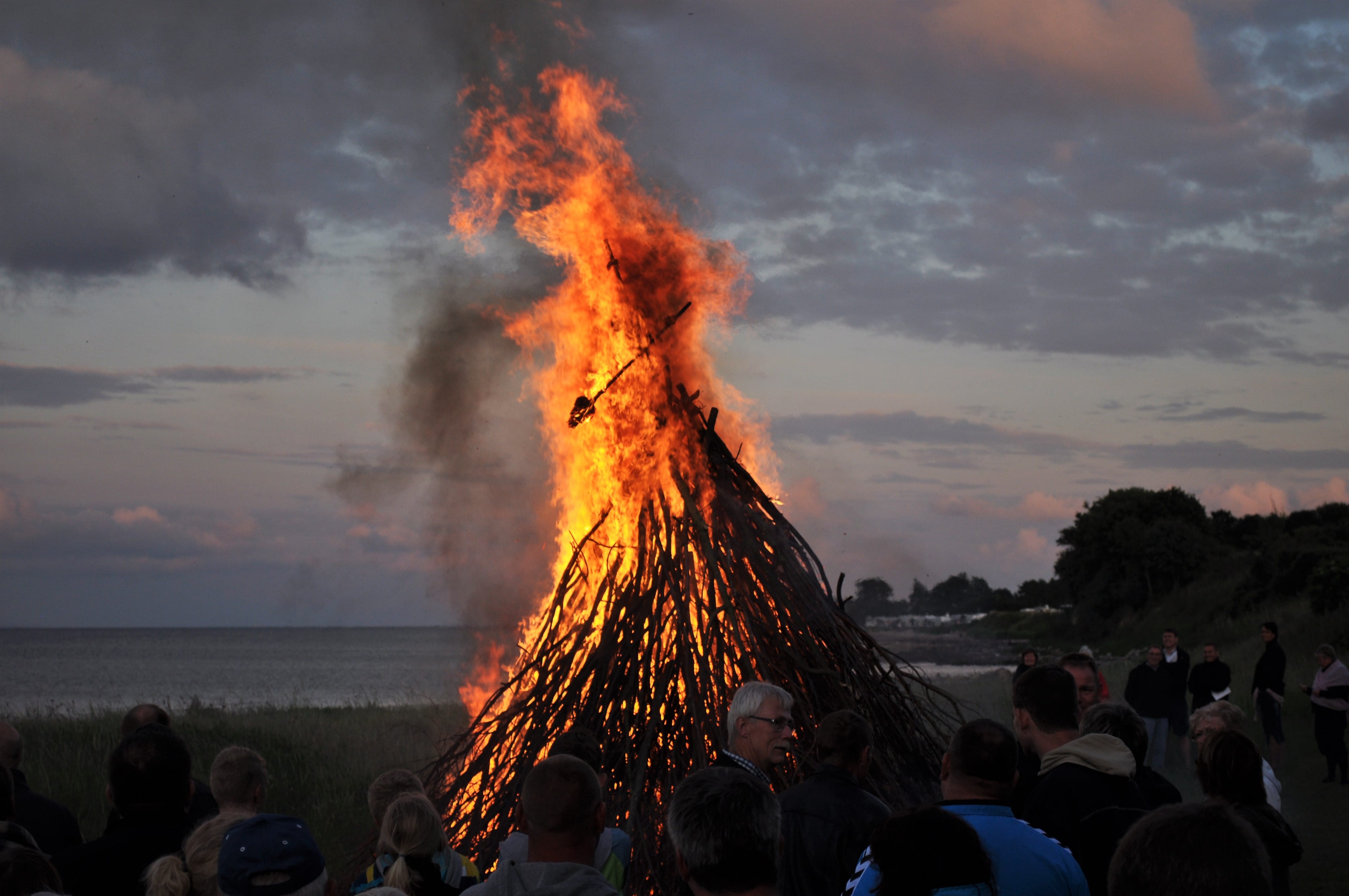
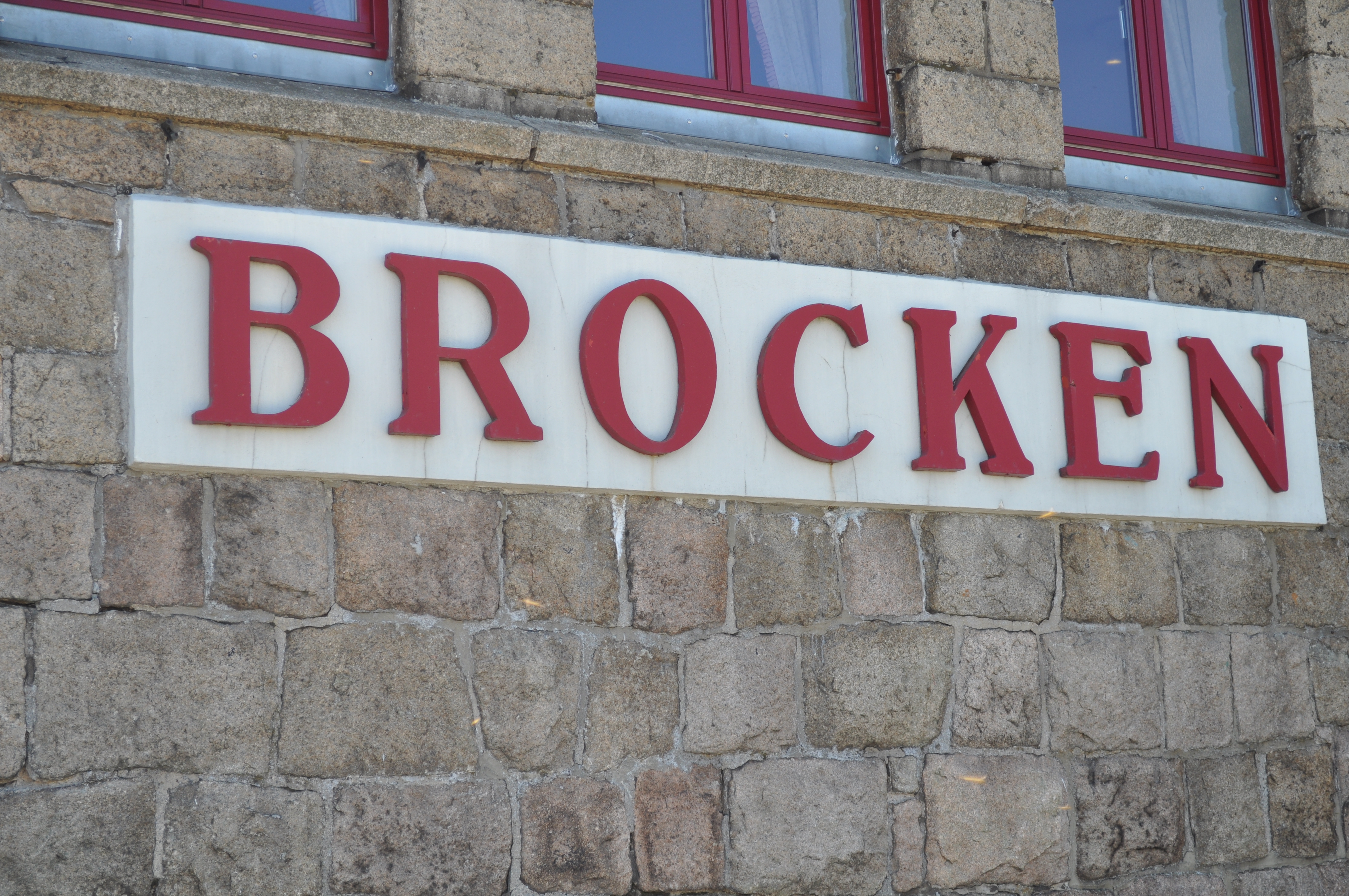
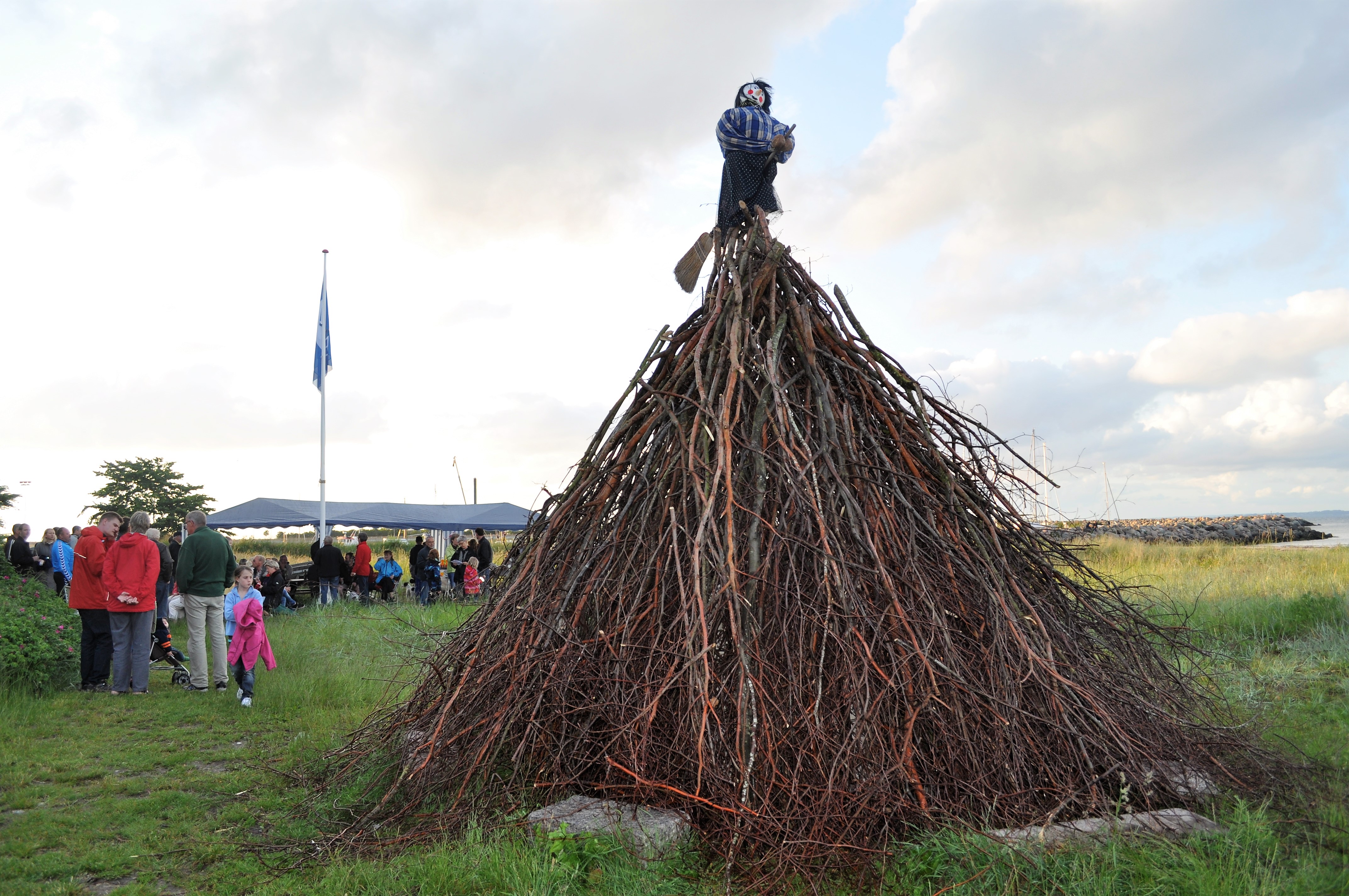
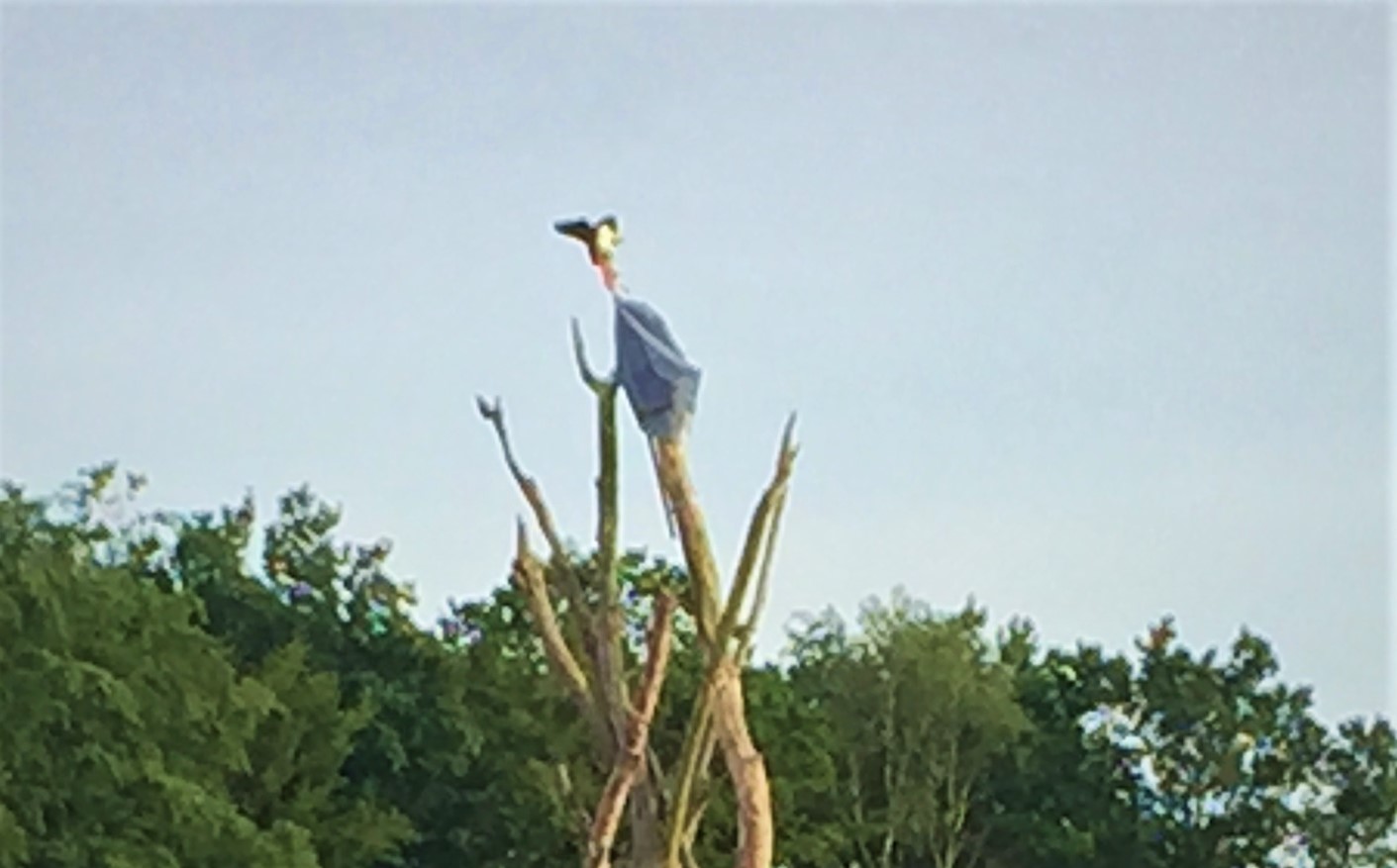
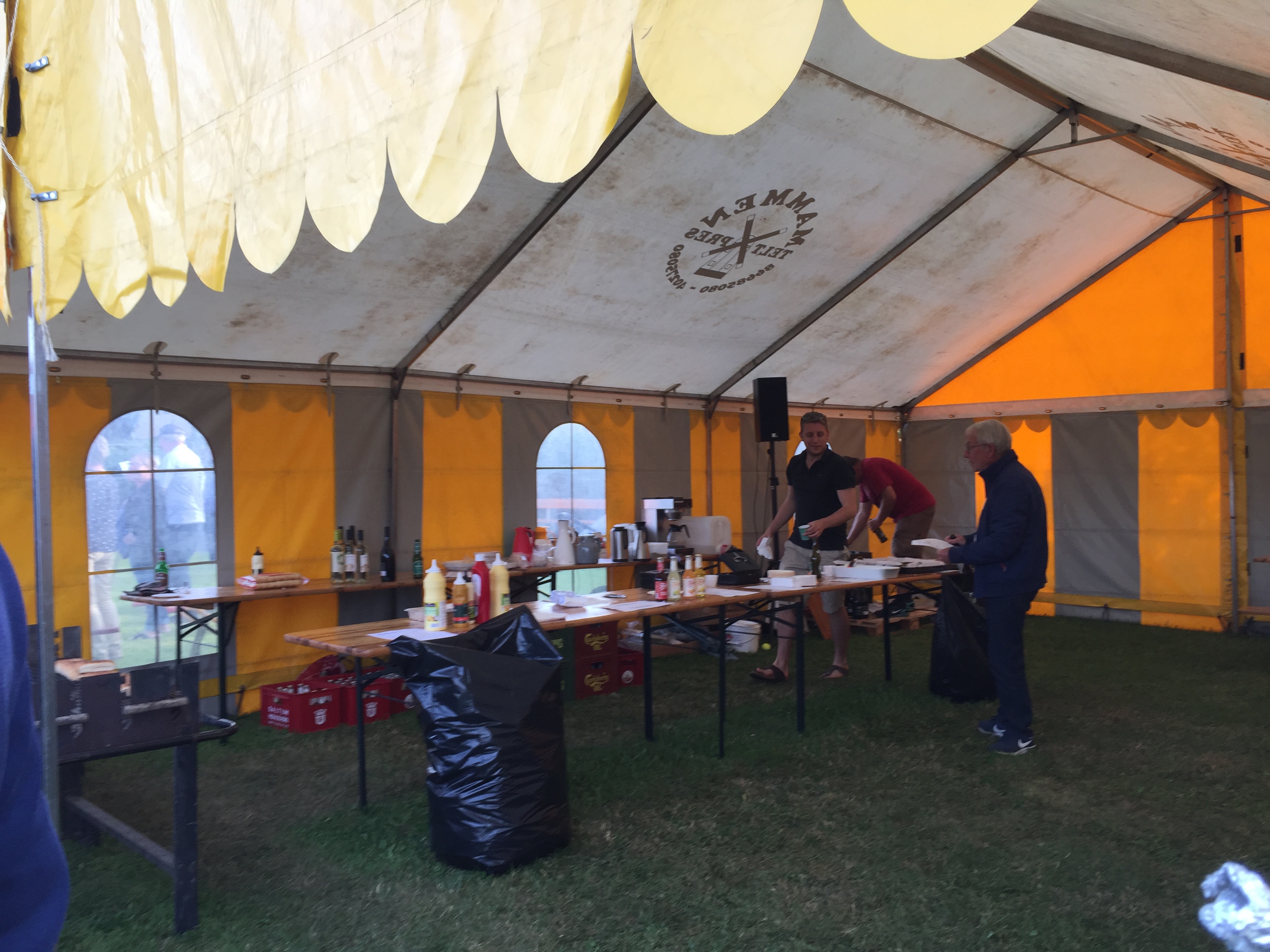
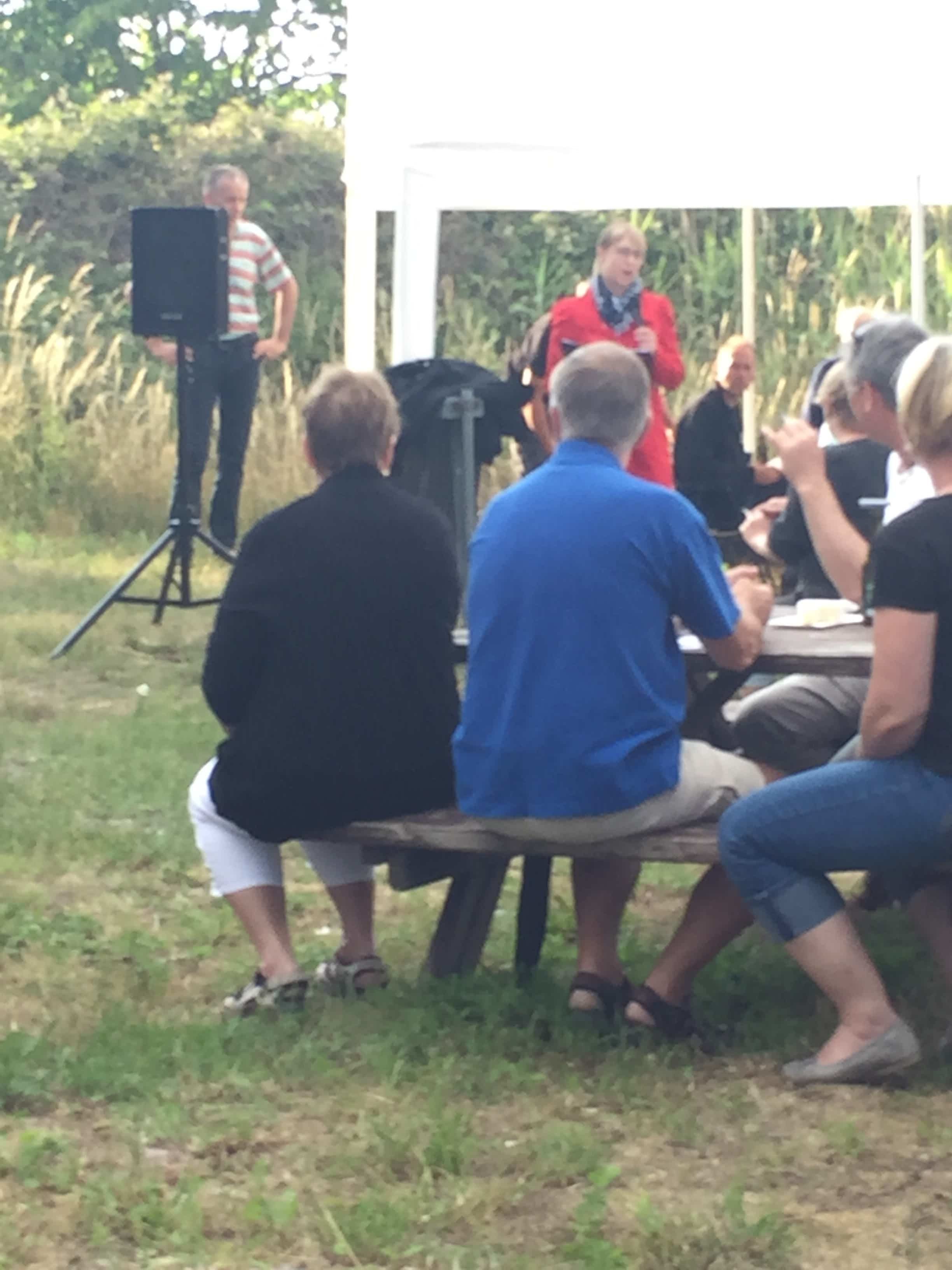

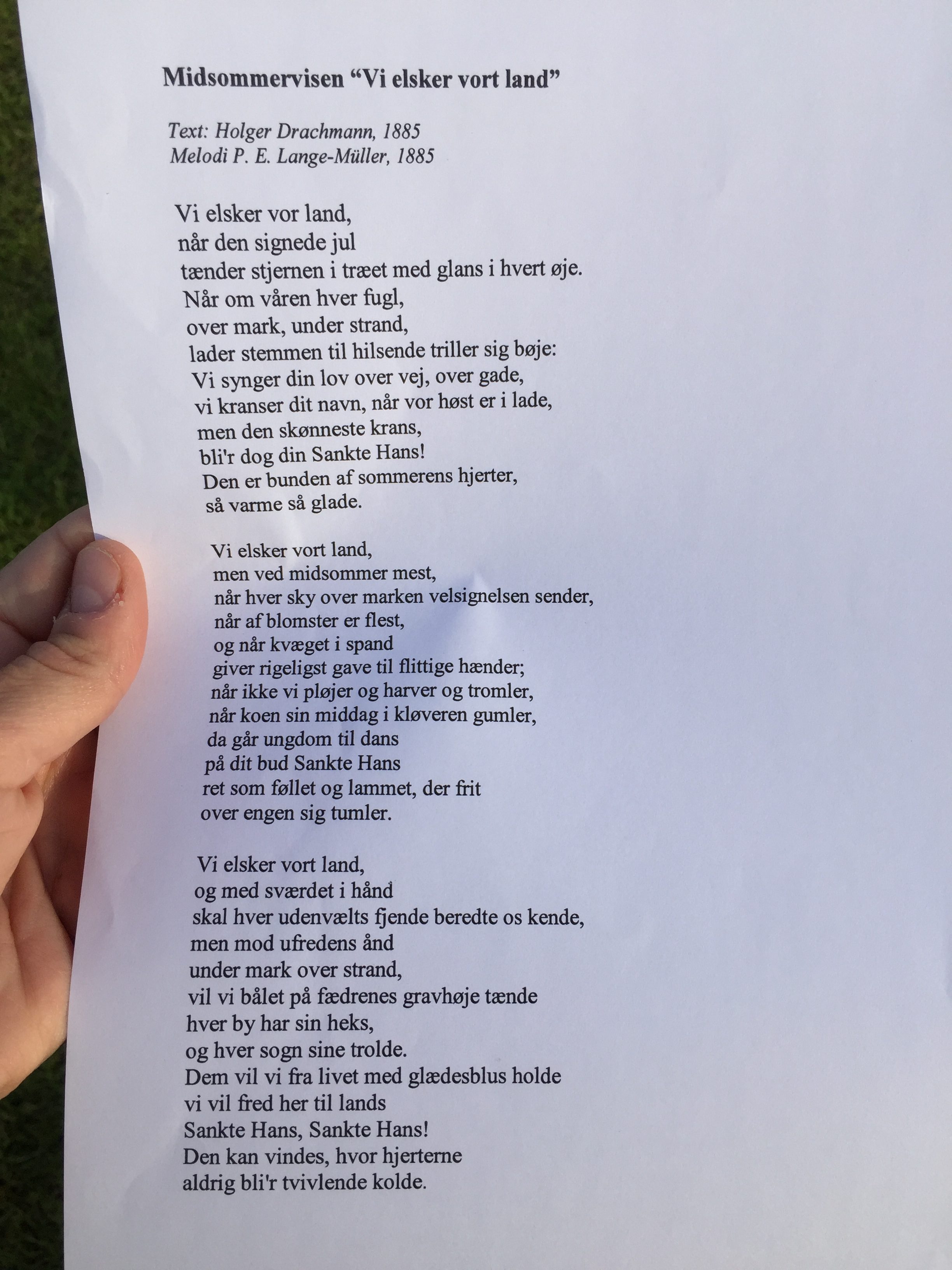

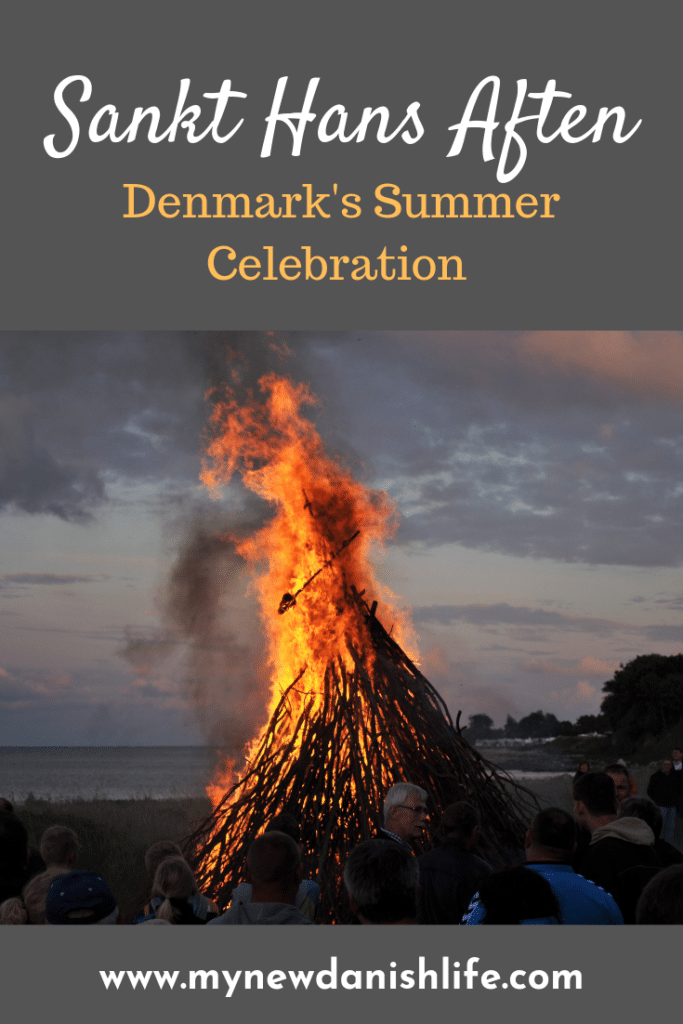


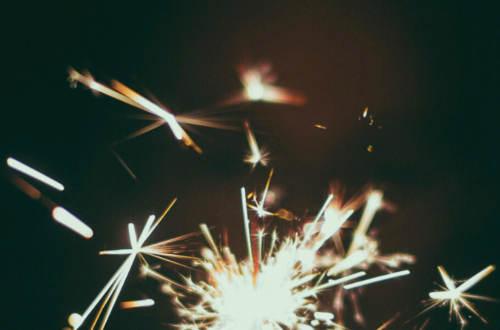
One Comment
Karen Quinn
What a fun celebration, a bit like the UKs Guy fawkes night!